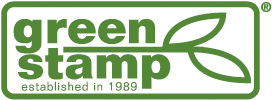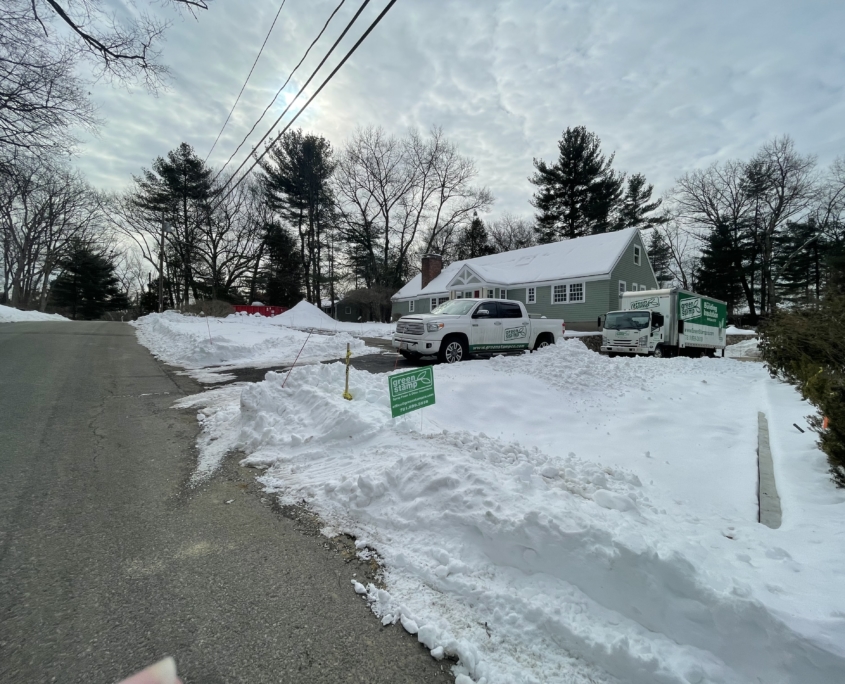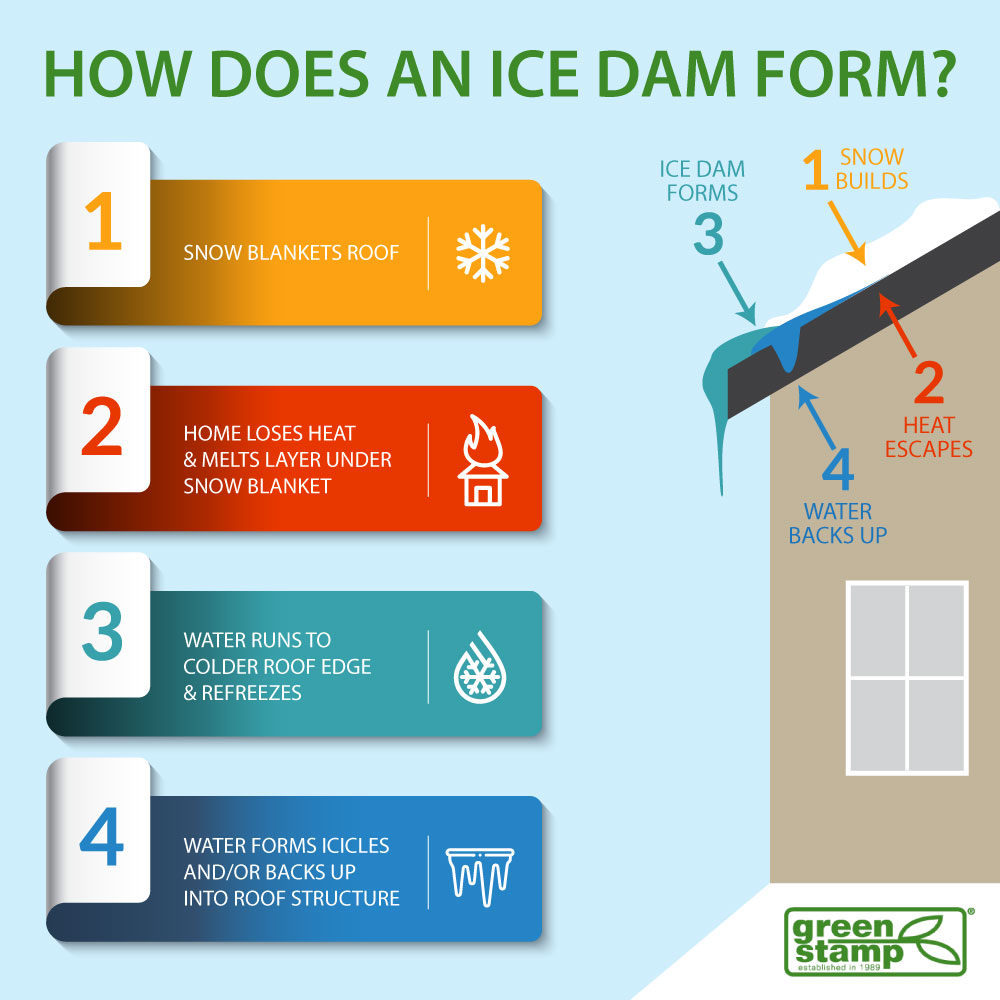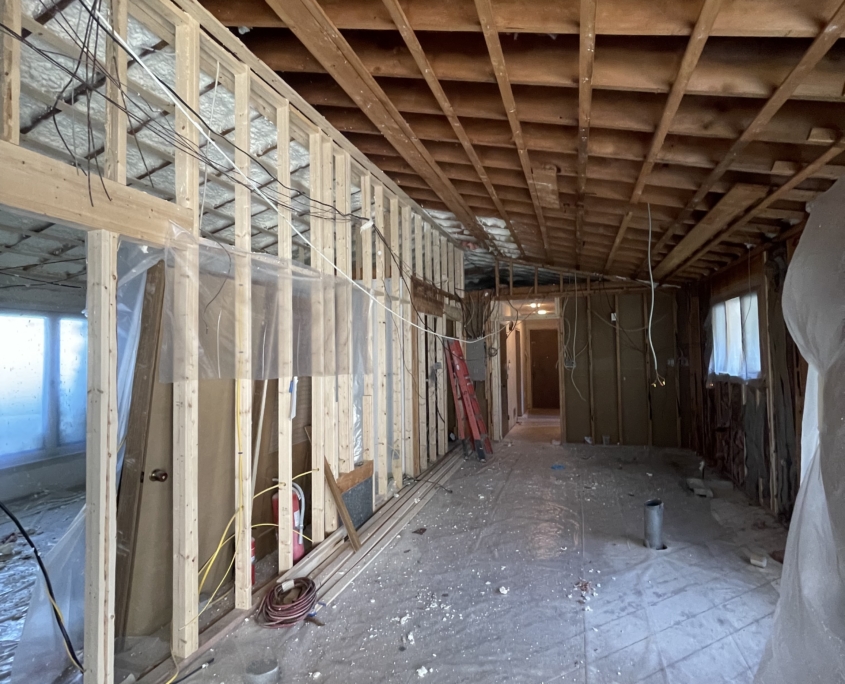Greenstamp Helps Preserve Golf History with Spray Foam Insulation
/in Historical Preservation, Spray Foam Insulation /by Andrew ClemonsSpray foam insulation is a modern product that can be used to preserve old buildings, when applied with great care. Greenstamp was trusted to install insulation in two buildings that hold historical significance in the golf world.
The Country Club, located in Brookline, MA, is the oldest country club in the United States and hosts numerous USGA tournaments including the 1913 U.S. Open won by then-unknown Francis Ouimet. Francis DeSales Ouimet was an American amateur golfer who is frequently referred to as the “father of amateur golf.” The Quimet home is located near The Country Club.
Greenstamp is honored to be part of preserving these historical buildings for golf enthusiasts to enjoy for many generations to come.
MA Multi-family New Construction
/in New Construction Insulation, Residential Property, Spray Foam Insulation /by Andrew ClemonsRetrofit to Prevent Ice Dams
/in Ice Dams, Images, Residential Property, Spray Foam Insulation /by Andrew ClemonsThere’s still a lot of winter to go in 2022. That means, the threat of ice dams continue to pose a threat to homes. A property owner in MA chose the Greenstamp team to retrofit their single-family home with sprayfoam insulation to prevent ice dams. Smart move!
Featured Project: Pool House in MA
/in Residential Property, Spray Foam Insulation /by Andrew ClemonsA beautiful indoor pool house in MA gets insulted with spray foam. A vapor barrier coating has been applied to increase the airtightness of the pool house as well as prevent moisture from infiltrating an area where it could condense and cause mold growth or premature rotting.
Maximizing R-Values with HFO products
/in Spray Foam Insulation /by Andrew ClemonsBlowing agents are a critical component to spray foam. One of the big changes recently is the transition from HFC (Hydrofluorocarbon) blowing agents to HFO blowing agents (Hydrofluoroolefin). HFC’s were initially developed to replace ozone-depleting substances (ODS) that were used in refrigeration, air conditioning, aerosols and spray foam. Over the years, chemists have created new formulations and ways to produce quality spray foams with even less impact on the environment.
In December of 2020, the American Innovation and Manufacturing Act (AIM) passed, ordering manufacturers to start phasing down the consumption and production of HFC’s by 85% over the next 15 years. Several states already have regulations in place restricting the use of HFC’s.
Many contractors, in states where there are no HFC regulations in place, now prefer the new HFO products thanks to the superior performance and increased yields they offer. In fact, some of IDI’s HFO products have higher R-Values than their HFC counterparts and can be sprayed in thicker passes, allowing the installer to complete more projects in one application.
The Best Way to Prevent Ice Dams
/in home renovation, Residential Property, Spray Foam Insulation /by Andrew Clemons
Cathedral Ceiling Insulted in Chelmsford, MA
/in home renovation, Residential Property, Spray Foam Insulation /by Andrew Clemons10 Taber Street
/in New Construction Insulation, Spray Foam Insulation /by Andrew ClemonsThese new condos in Boston are now move-in ready. Take a tour!
Basement Slab Gets Spray Foamed
/in New Construction Insulation, Residential Property, Spray Foam Insulation /by Andrew ClemonsThis residential pool house in Newburyport, MA had spray foam insulation installed in the basement. The Greenstamp team installed spray foam on the slab before the concrete was poured. The spray foam insulation layer creates a moisture barrier in the basement and will keep the space warmer.
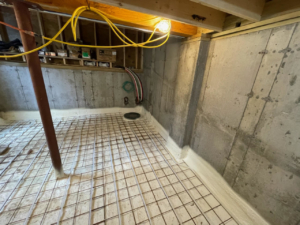
New construction or renovation? Contact us to learn more about the different applications for spray foam insulation.







